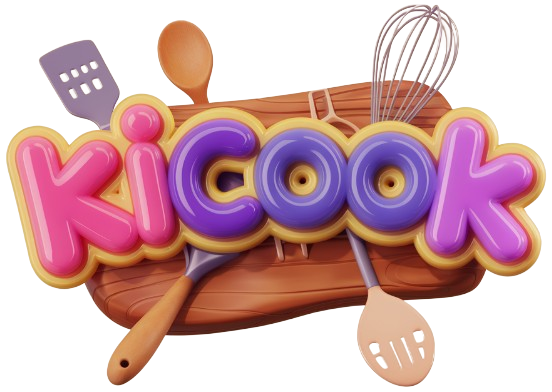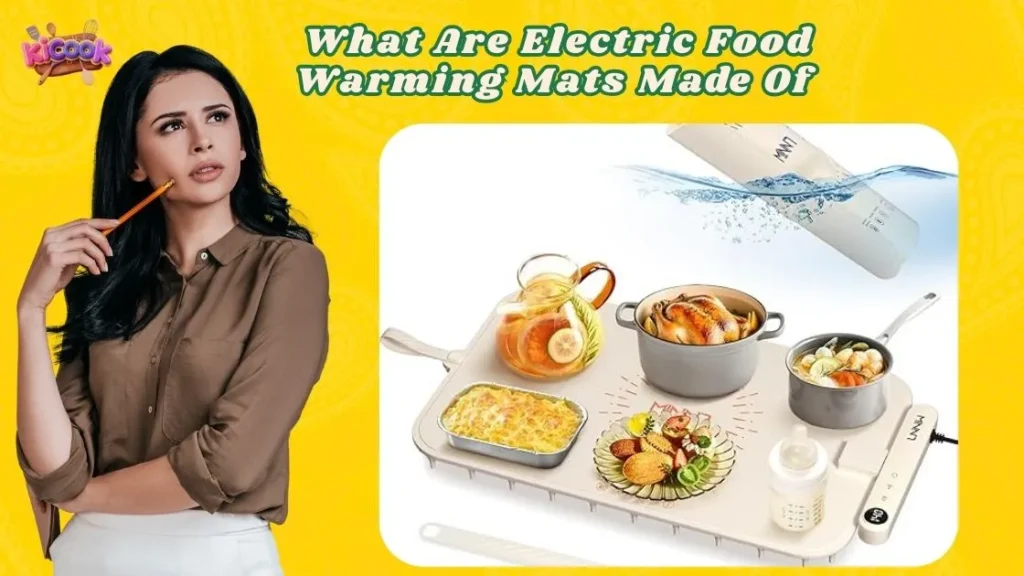In 2025, electric food warming mats are typically made of food-grade silicone, stainless steel heating elements, and heat-resistant polymers for safety and efficiency. Some advanced models may also incorporate eco-friendly materials like biodegradable composites or graphene for enhanced heat distribution.
Electric food warming mats in 2025 use new materials. These materials help make them efficient and eco-friendly. Companies now focus on green designs because of demand, raising the question: What Are Electric Food Warming Mats Made Of?
- The market for warming mats grows over 10% each year.
- By 2027, the market could be worth USD 1 billion.
- Green trends make companies use materials that harm the planet less.
These changes show what electric food warming mats are made of. They also meet the need for smarter and greener products.
Key Takeaways
- Electric food warming mats use special materials like graphene and carbon fiber. These materials heat better and are safer to use.
- Pick eco-friendly mats made from recycled or biodegradable stuff. This helps protect the planet.
- Choose mats with smart features like auto temperature control and IoT. These make them easier to use and save energy.
- Safety features like overheat protection and child locks make them safer for daily use.
- Lightweight and portable designs are easy to carry and store. They work well in many places.
“A good warming mat balances efficiency, safety, and sustainability—2025 models excel in all three.” — Lisa Chen, Home Appliance Expert
What materials are electric food warming mats made of?
Graphene Heating Layers
Graphene layers are changing how food warming mats work. Why is graphene so popular? It’s super thin but heats very well. These layers heat up fast, saving both energy and time. They spread heat evenly, so your food stays warm without cold spots.
Graphene is also very strong and lasts a long time. It doesn’t wear out easily, even with daily use. Since it’s light and bendable, mats can fold without breaking the heating part.
Flexible Carbon Fiber Elements
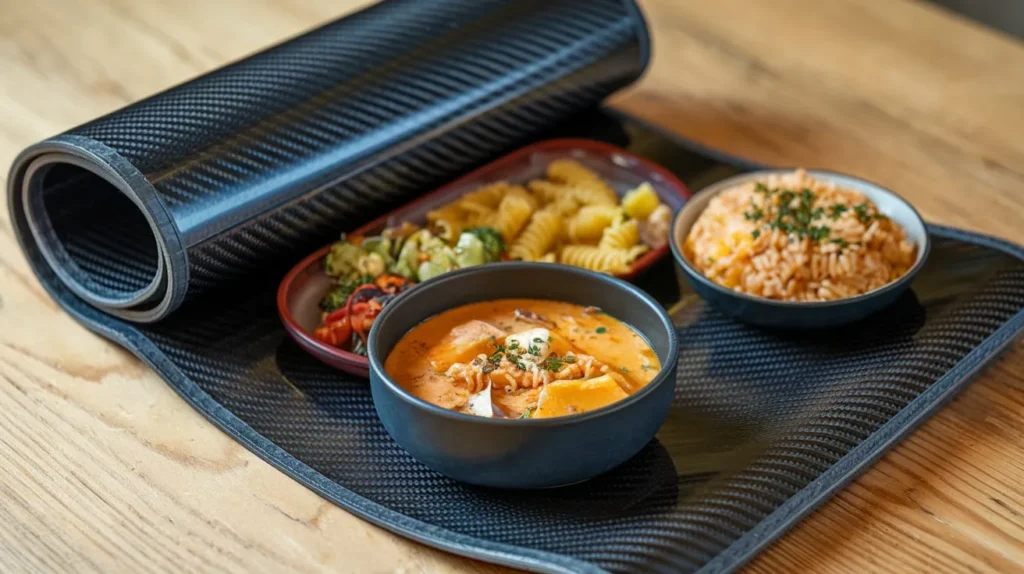
Carbon fiber is another important material in warming mats. It’s flexible, so you can roll or store your mat easily. This material heats well, keeping food warm for longer.
Carbon fiber is also very safe. It doesn’t get too hot, so burns are less likely. It’s eco-friendly too. Many companies now use recycled carbon fibers to make mats that are better for the planet.
“The shift to carbon fiber in warming mats is a game-changer—faster heating with less energy waste.” — Mark Rivera, Tech Reviewer
Wire-Wound and Etched Foil Heating Technologies
Wire-wound and etched foil heating are common in warming mats. These methods have special benefits:
- Etched foil heats up fast, saving time.
- It spreads heat evenly, working better than wire-wound elements.
- Etched foil covers more area and can handle higher heat levels.
Etched foil can be adjusted by changing its thickness. It’s often used in restaurants like KFC and McDonald’s to keep water warm under tables.
Wire-wound elements are less powerful but still work well. They are mostly used in mats for home kitchens. Both methods help keep your food warm and ready to eat.
Outer Layer Innovations
Premium Silicone Nano Material
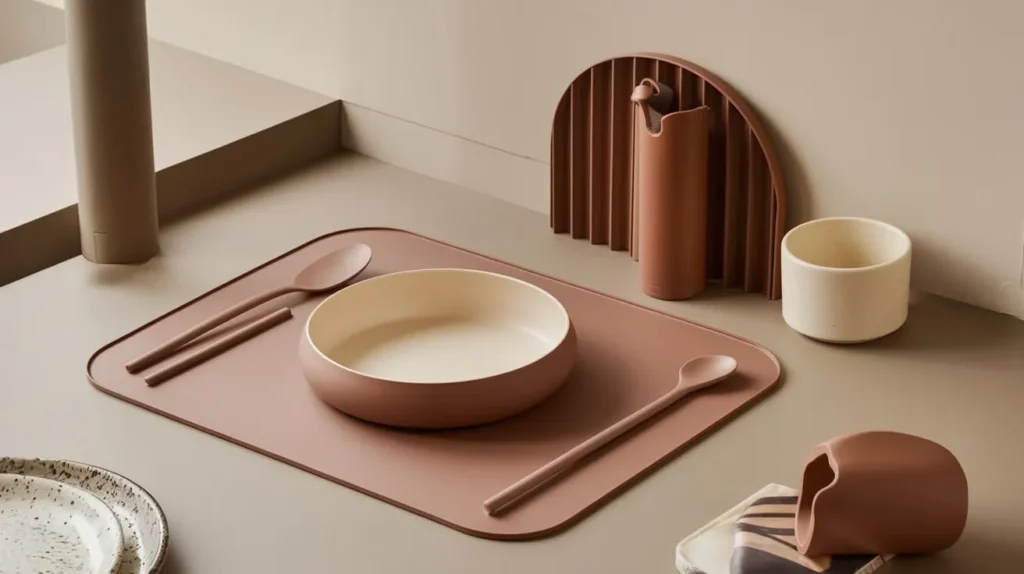
Premium silicone nano material is changing electric food warming mats. It’s soft but strong, making it great for daily use. This material resists scratches and stains, keeping mats looking new. It bends or folds easily without cracking, making storage simple.
It also handles heat very well. High temperatures won’t damage silicone nano material. This keeps the mat safe and working even after many uses. Cleaning is easy too. Just wipe it with a damp cloth to keep it shiny.
Thermoplastic Polyurethane (TPU)
Thermoplastic polyurethane, or TPU, is another great outer layer material. It’s light and tough, so mats are easy to carry and last long. TPU resists oil and water, keeping mats clean and safe from spills.
This material stays flexible in all temperatures. Whether it’s hot or cold, TPU keeps its shape. Many companies pick TPU because it’s recyclable, meeting eco-friendly demands.
Food-Safe and Non-Toxic Coatings
Safety is very important for food warming mats. That’s why food-safe and non-toxic coatings are used. These coatings protect food from harmful chemicals. They also make mats stronger and last longer.
These coatings are helpful for long-term use. They stop surfaces from wearing out or holding odors. This keeps mats clean and nice to use.
Tip: Look for certifications that prove the mat is food-safe and non-toxic. This ensures the product meets safety rules.
Insulation and Safety Features
Aerogel for Better Heat Insulation
Aerogel is great for keeping heat inside the mat. It’s super light but traps heat really well. In food warming mats, aerogel keeps heat from escaping into the air. This helps your food stay warm longer and saves energy.
Aerogel also makes mats safer to touch. It stops the outside from getting too hot, so you won’t burn your hands. It’s very strong and lasts a long time, even with daily use.
Fire-Resistant Additives

Fire-resistant additives help make food warming mats safer. They lower the chance of fire by slowing flames or stopping them. If the mat touches sparks or heat, these additives act as a shield to prevent accidents.
Companies add these materials to meet strict safety rules. Using a mat with fire-resistant features gives you peace of mind at home.
Overheat Safety Features
Overheat safety features are important in today’s food warming mats. These features stop the mat from getting too hot, which could cause damage or danger. Many mats now have auto shutoff systems that turn off heat after 4 to 6 hours.
Some mats also include child locks to stop kids from turning them on by mistake. Cool-touch edges are another helpful feature, keeping the sides safe to handle. These features make mats safer for families to use every day.
| Feature | What It Does |
|---|---|
| Auto shutoff | Turns off heat after 4-6 hours to avoid overheating. |
| Child lock | Stops kids from turning the mat on by accident. |
| Cool-touch edges | Keeps the edges cool, so you don’t get burned when touching them. |
Tip: Look for these safety features when buying a food warming mat. They make the mat safer and more reliable to use.
Environmental and Sustainability Factors
Recycled and Biodegradable Materials
In 2025, electric food warming mats use more recycled materials. Companies reuse plastics and metals to make strong, eco-friendly mats. These materials cut down waste and save natural resources.
Biodegradable parts are also becoming common. Some mats now have plant-based pieces that break down naturally. This means when you throw them away, they won’t hurt the planet. Choosing these mats helps keep the Earth clean.
Energy-Efficient Designs
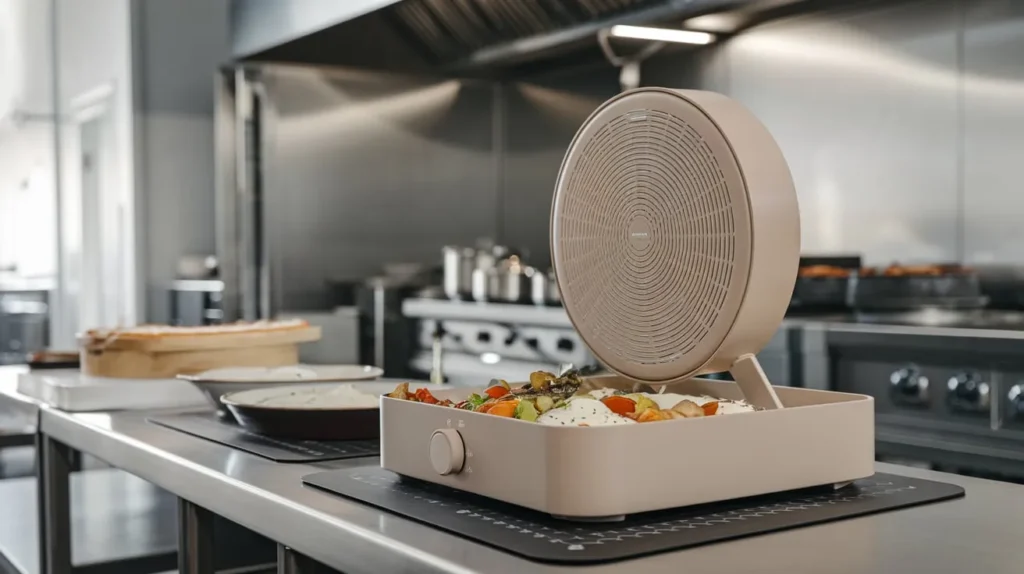
Modern food warming mats focus on saving energy. Materials like graphene and carbon fiber use less power but work well. These mats lower electricity costs and reduce pollution.
Some mats have smart heat controls that adjust automatically. This feature stops energy waste by using just enough power. Buying an energy-saving mat helps protect the environment.
“Parents love silicone-coated mats because they’re safe for kids and easy to clean.” — Dr. Sarah Lim, Pediatric Nutritionist
Compliance with Eco-Friendly Standards
Manufacturers now follow strict rules to protect the environment. Certifications like BREEAM, LEED, and Declare show their efforts.
| Standard | What It Means | How It’s Checked |
|---|---|---|
| BREEAM | Rates buildings based on eco-friendly features. | Needs reports and third-party checks. |
| LEED | Certifies green building designs. | Points earned for meeting green goals. |
| Declare | Lists product ingredients and eco details. | Requires updates and verification. |
These certifications prove mats meet high eco standards. Unlike old methods, today’s checks are detailed and ongoing.
- The move to eco-friendly rules shows a focus on sustainability.
- New designs use renewable materials and save energy.
- Certified mats match global environmental goals.
Tip: Pick mats with eco-friendly labels to help the planet.
Technological Advancements in 2025
Smart Materials for Temperature Control
In 2025, smart materials change how warming mats handle heat. These materials adjust heat automatically to match your food’s needs. You don’t have to worry about food getting too hot or cold. The mats sense the heat and adjust to keep food warm evenly.
These materials also save energy by using only what’s needed. This helps lower electricity bills and is better for the planet. Smart materials are strong and last a long time, so your mat works well for years.
Tip: Pick mats with smart heat control for steady and energy-saving warmth.
IoT Integration for Enhanced Functionality
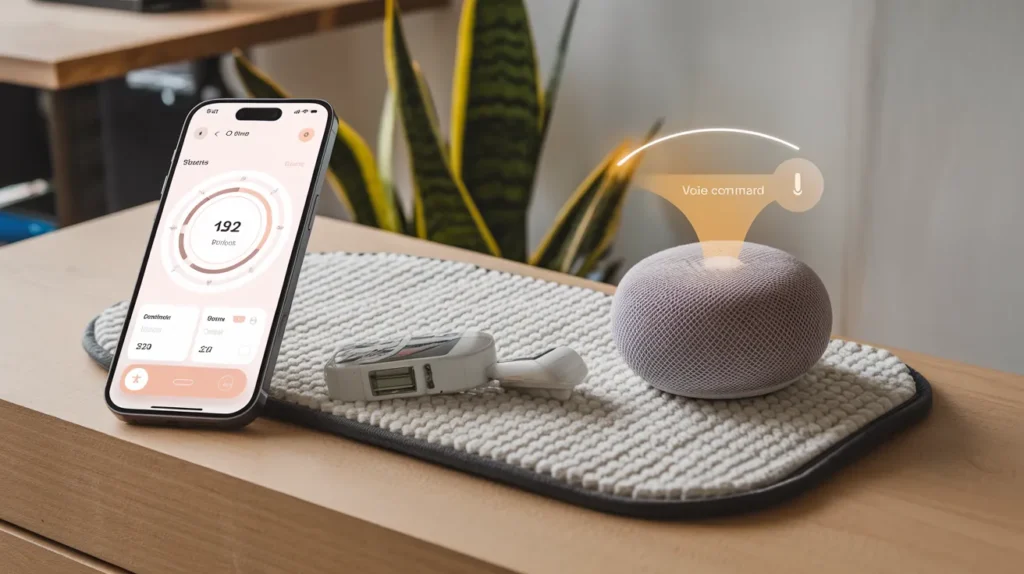
IoT (Internet of Things) makes warming mats smarter and easier to use. With IoT, you can control the mat using your phone or voice. You can change the heat or set a timer without touching the mat.
IoT also tracks how you use the mat. It can show how often you use it and give tips to save energy. This technology makes mats more useful and convenient.
| Benefit/Performance Aspect | Description |
|---|---|
| Improved Quality of Life | IoT improves real-time health tracking, helping users stay healthy. |
| Fitness Monitoring | IoT tracks fitness data like activity time and rest periods. |
| Smart Device Integration | Smart mats give workout insights, helping users live healthier lives. |
Note: Choose mats with IoT features for a connected and easy experience.
Lightweight and Portable Designs

New warming mats are light and easy to carry anywhere. You can take them to your car, RV, or even a picnic. They fold up easily, so storing them is simple and quick.
Mats now use nano-coatings to resist water and oil. This makes cleaning fast and easy. Some mats even come with a pouch for neat storage when not in use.
| Feature | Description |
|---|---|
| Multi-functional Design | Works in cars, RVs, outdoors, hotels, garages, and homes. |
| Lightweight and Portable | Easy to carry and store, perfect for different places. |
| Easy to Clean | Nano-coating makes mats waterproof and oil-proof for easy cleaning. |
| Portable and Foldable | Includes a pouch for easy carrying and storage. |
Tip: Choose lightweight mats for travel and everyday use.
Electric food warming mats in 2025 show how kitchen tools are improving. These mats use smart materials, green designs, and new technology. They save energy, work safely, and help protect the planet.
Key Takeaway: Picking these mats helps the Earth and gives you modern convenience. Companies keep creating smarter mats, offering better options for daily use.
FAQ For What Are Electric Food Warming Mats Made Of
Why is graphene used in heating layers?
Graphene heats up fast and spreads heat evenly. This keeps food warm without cold spots. It’s light, strong, and bendable, so mats are easy to fold and store. It also uses less energy, helping you save on electricity bills.
Are electric food warming mats safe?
Yes, they have features to keep you safe. These include overheat protection, fire-resistant materials, and cool edges. Many mats also turn off automatically and have child locks to avoid accidents. They are safe for everyday use.
How can I clean a food warming mat?
Most mats resist water and oil, making cleaning simple. Just wipe them with a damp cloth. Some mats have special coatings that make cleaning even quicker and easier.
Can these mats be used outside?
Yes, many mats are made for outdoor use. They are light, easy to carry, and work well in cars, RVs, or at picnics. Look for mats that are waterproof and foldable for extra convenience.
Are these mats good for the environment?
Many mats are made with recycled or biodegradable materials. They also save energy and follow eco-friendly rules. Choosing these mats helps protect the planet.
Tip: Check for eco-friendly labels like BREEAM or LEED when buying a mat.
